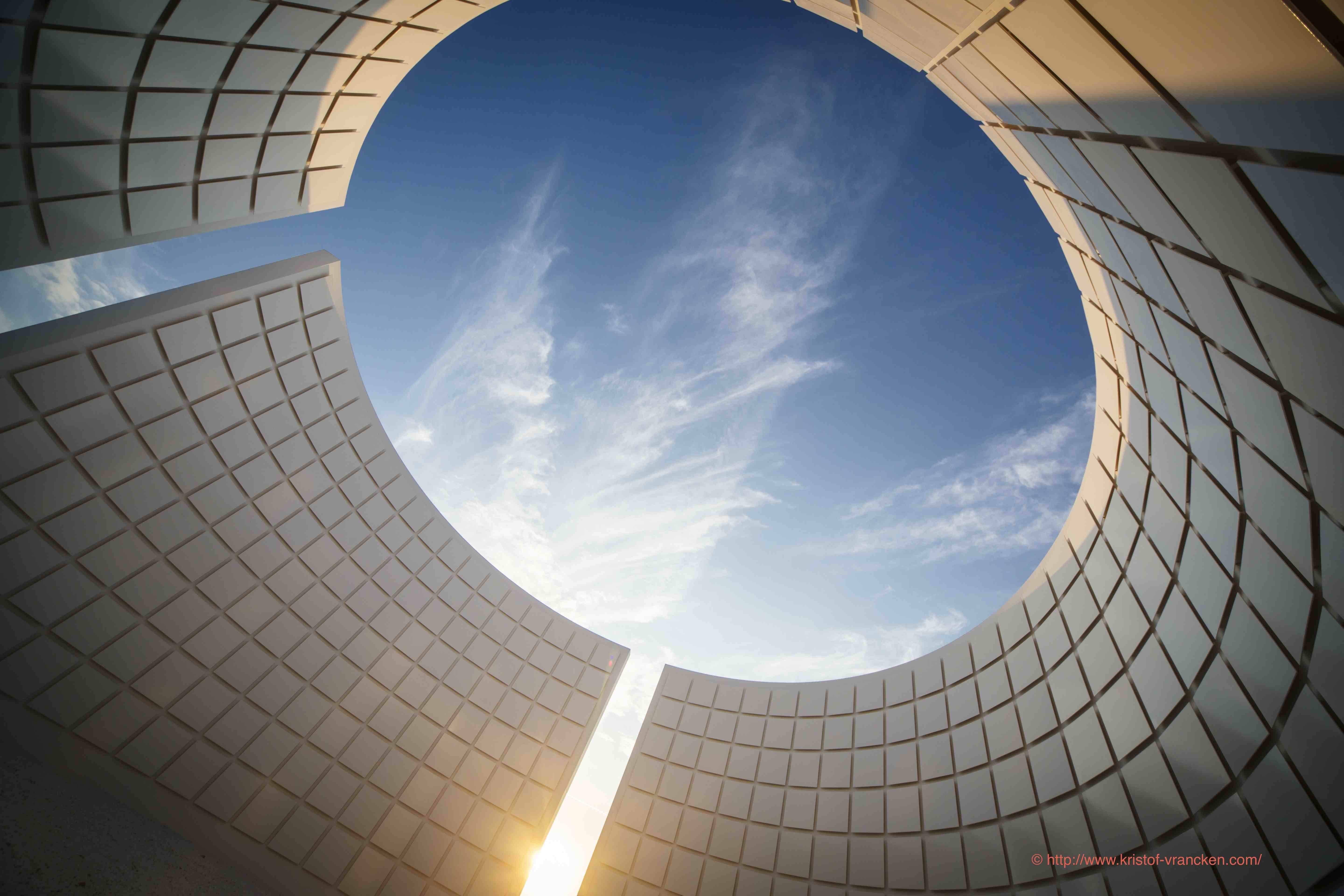Bourg-Argental/Pilat
Elisabeth Ballet

Mediator - Valérie Cudel, association A demeure
Supporters - Pilat regional natural park in the European programme LEADER (European Agricultural Fund for Rural Development), Fondation de France, City of Bourg-Argental
Bourg-Argental (Loire), En cours
The context
As part of the Lorraine, Monts d'Ardèche, Pilat and Vercors Regional Nature Parks project. Eight commissions for works on eight emblematic sites in the four parks were sent to four artists.
The commision
Located on a historic travel route between the Rhône Valley and Saint-Etienne, Bourg-Argental counts 3019 inhabitants. Located in the Pilat Regional Natural Park, the city, like the rest of the massif, has been marked by the presence of textile activity since the 16th century, an activity that developed in the 19th century with the intensification of the relocations of the silks from Lyon after the canuts revolt. All the textile knowledge was present : milling, warping, weaving, braiding, braiding, ribbon making and the buildings linked to industry strongly structured the landscape. The project carried out with the City of Bourg-Argental is part of the continuity of the inter-park industrial landscape cooperation program. A reflection process with the inhabitants and elected representatives of the City had led to the wish to make visible the conscious and unconscious traces of the textile activity as well as its impact on the landscape. It is a question of addressing the gaps as well as the architectures that still exist : workshops melted down in the houses, scattering of the old buildings...
"For the most part, the factories of Bourg-Argental have given way to many car parks or places without qualities, in some places traces in the shape of shed still mark the boundary of a property, in others we recognize the specific quality of workers' houses or workshops. All this shows a time when the activity around the weaving of natural and artificial silk was the great occupation of all the inhabitants. (...) The innovative capacity of some plants is characterised by a centuries-old heritage and rare knowledge. The fantastic beauty of the productions of all kinds of special yarns of all shapes, materials and colours, to make braids, laces, fringes, tinsel and other narrow textiles, literally dazzled me. Opening a sample album or turning the pages of a learning notebook is an experience that is close to astonishment. I recognized in some open pages some of my pieces still to be done or already there for a long time." Elisabeth Ballet, 2014.
Elisabeth Ballet
Elisabeth Ballet had begun research on a larger territory. This first period of investigation had enabled her, on the one hand, to gather data on weaving, braiding and ribbon making, and on the other hand, to spatially "re-read" industrial history. The municipality finally invited Elisabeth Ballet to take over a central location that was the site of the former Jarrosson textile factory. This place is neglected despite its interest.
